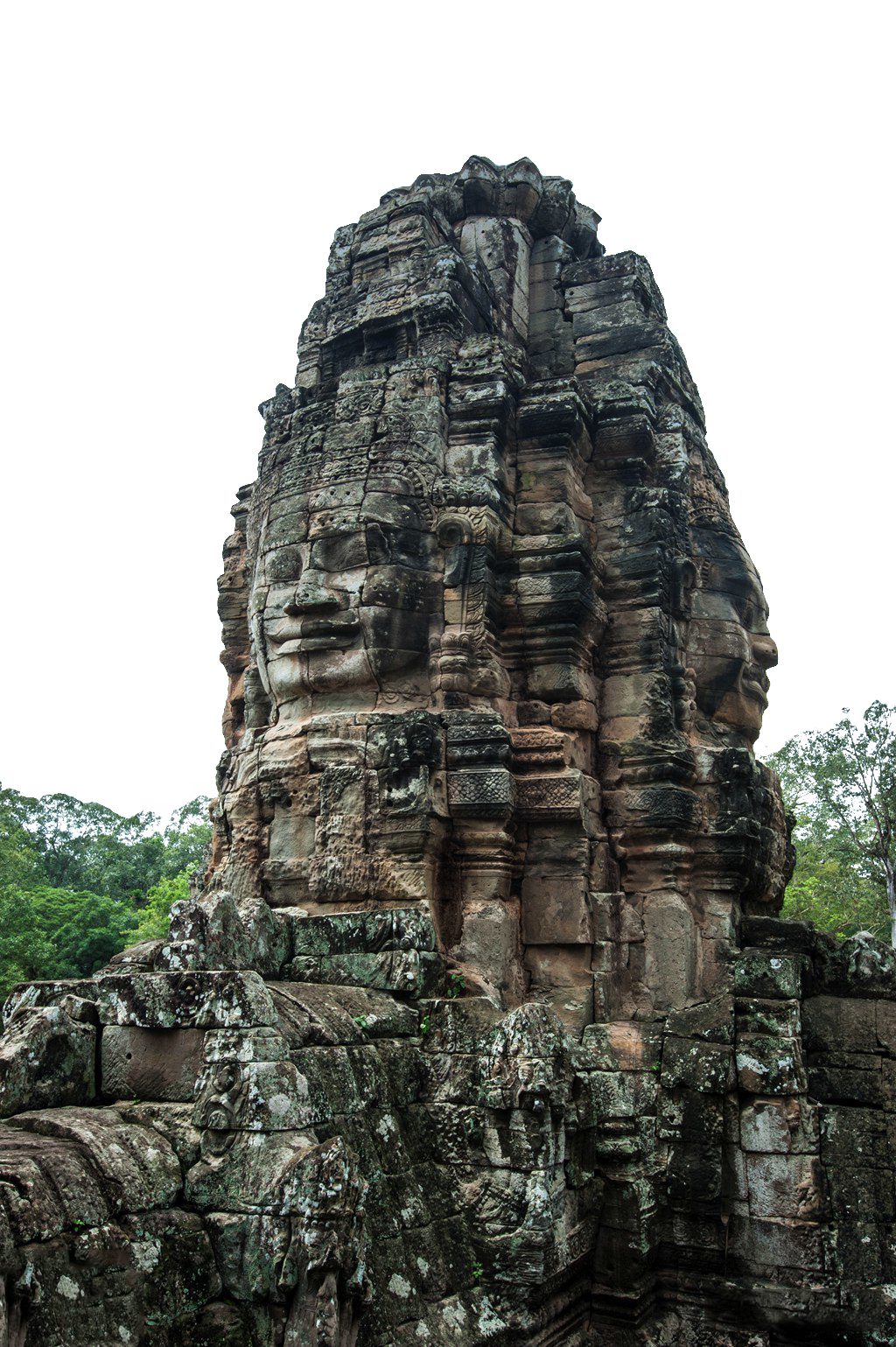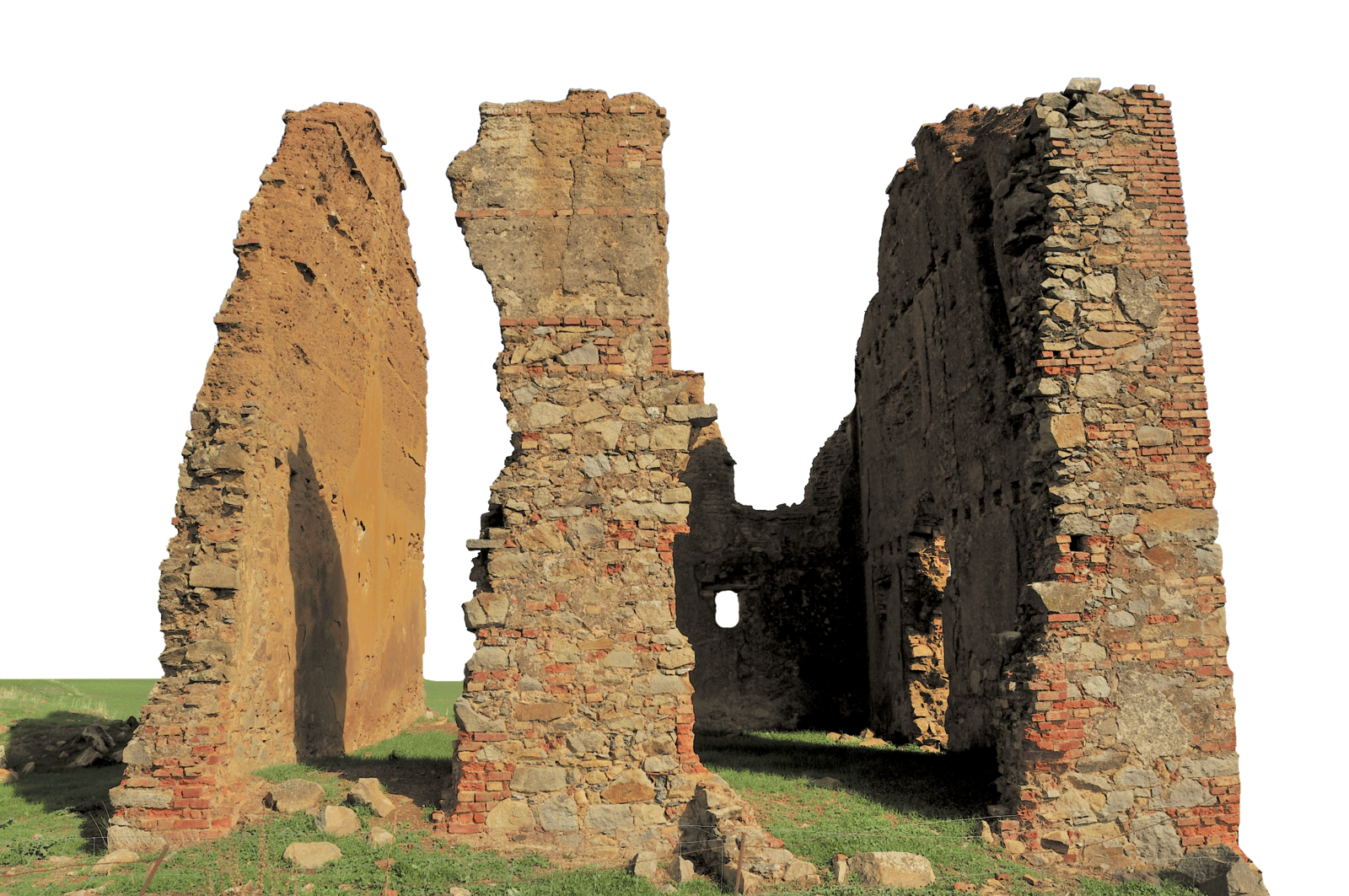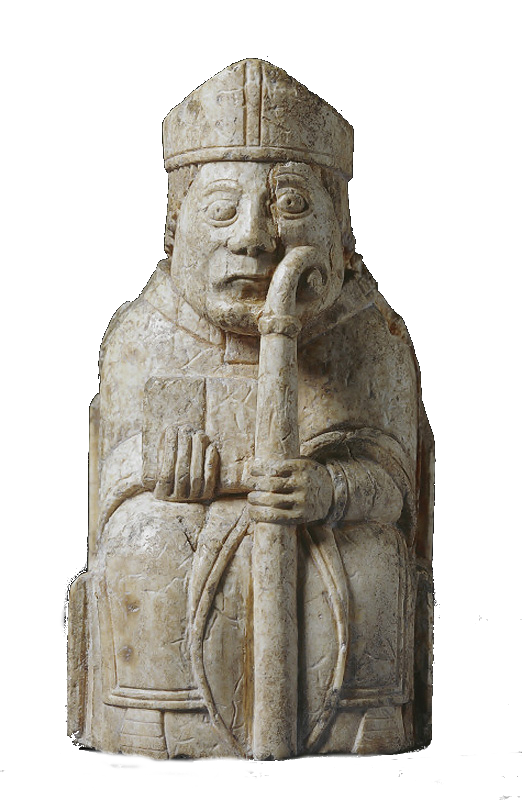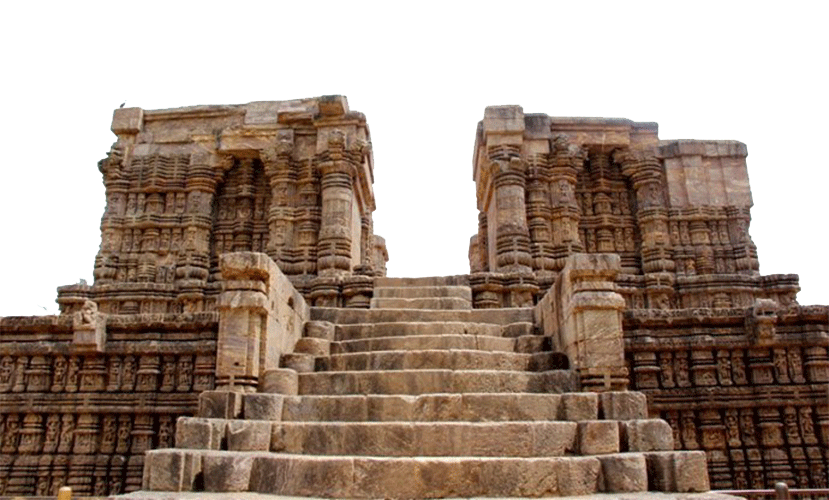Archaeology
Welcome to c/Archaeology @ Mander.xyz!
Shovelbums welcome. 🗿

Notice Board
This is a work in progress, please don't mind the mess.
- 2023-06-15: We are collecting resources for the sidebar!
- 2023-06-13: We are looking for mods. Send a dm to @[email protected] if interested!
About
Archaeology or archeology[a] is the study of human activity through the recovery and analysis of material culture. The archaeological record consists of artifacts, architecture, biofacts or ecofacts, sites, and cultural landscapes.
Archaeology has various goals, which range from understanding culture history to reconstructing past lifeways to documenting and explaining changes in human societies through time.
The discipline involves surveying, excavation, and eventually analysis of data collected, to learn more about the past. In broad scope, archaeology relies on cross-disciplinary research. Read more...
Rules
- Don't throw mud. Be kind and remember the human.
- Keep it rooted (on topic).
- No spam.
- No pseudoscience/pseudoarchaeology.

Links
Archaeology 101:
Get Involved:
University and Field Work:
- Archaeological Fieldwork Opportunities Bulletin
- University Archaeology (UK)
- Black Trowel Collective Microgrants for Students
Jobs and Career:
Professional Organisations:
- Chartered Institute for Archaeologists (UK)
- BAJR (UK)
- Association for Environmental Archaeology
- Archaeology Scotland
- Historic England
FOSS Tools:
- Diamond Open Access in Archaeology
- Tools for Quantitative Archaeology – in R
- Open Archaeo: A list of open source archaeological tools and software.
- The Open Digital Archaeology Textbook
Datasets:
Fun:
Other Resources:

Similar Communities
Sister Communities
Science and Research
Biology and Life Sciences
Plants & Gardening
Physical Sciences
Humanities and Social Sciences
Memes
Find us on Reddit

view the rest of the comments
This is the best summary I could come up with:
Declassified cold-war spy satellite images have thrown new light on the workings of the Roman empire by revealing hundreds of previously undiscovered forts, with dramatic implications for our understanding, experts have said.
A previous survey of the region in 1934 by Antoine Poidebard, a French Jesuit explorer who pioneered aerial archeology in the Middle East from his bi-plane, recorded a line of 116 forts.
Until now, historians assumed these forts were part of a defensive line built to protect the eastern province of the empire from Arab and Persian incursions, and from nomadic marauding tribes intent on captive-taking and slave-raiding.
“Since the 1930s, historians and archeologists have debated the strategic or political purpose of this system of fortifications,” said the lead author of the research, Prof Jesse Casana, of Dartmouth college in New Hampshire, US.
The 396 new sites, hidden by modern-day development, are widely distributed across the region from east to west, which does not support the argument that the forts constituted a north-south border wall.
Researchers now hypothesise that the forts were constructed to support cross-border trade, protecting caravans travelling between the eastern provinces and the non-Roman territories, as well as facilitating communications between east and west.
The original article contains 528 words, the summary contains 199 words. Saved 62%. I'm a bot and I'm open source!